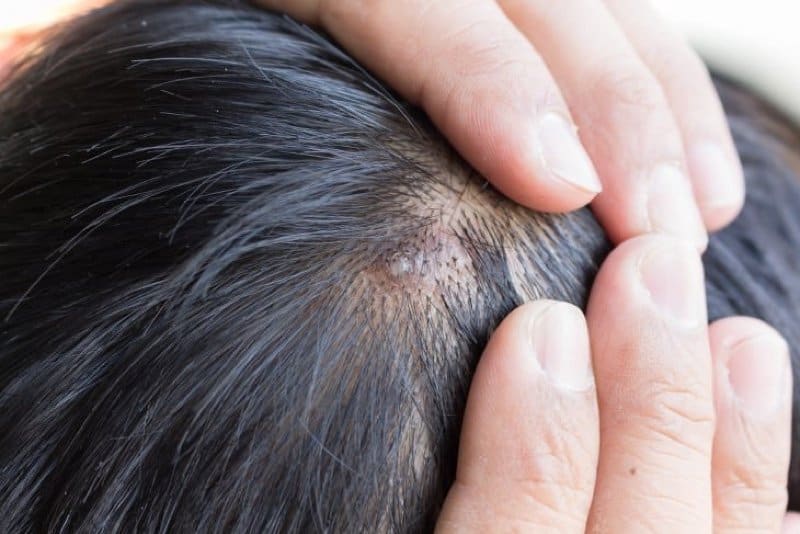Scalp acne might not be as common as facial breakouts, but it’s a prevalent problem that many individuals face. These small red bumps can appear not only on the face, chin, and cheeks but also make their way to the scalp, causing discomfort and irritation.
As we dive into this issue, we will uncover the causes, treatment, and prevention methods for scalp acne. Rest assured, we have the necessary information and expert advice to help you tackle those pesky pimples and achieve a healthy, clean scalp.
Chapter Overview
Why People Ignore Scalp Acne?
We tend to overlook scalp acne because we see it as less concerning than facial acne. The scalp being covered in hair makes it easy to forget that it’s skin that can also be prone to dryness, scarring, acne, and scabbing. Scalp acne, also known as folliculitis, occurs when hair follicles become clogged with sebum, debris, or other impurities, which often results from inflammation.
Factors such as wearing tight-fitting hats or other headgear can contribute to the development of scalp acne. In some instances, a more serious underlying issue, like bacterial infection or even squamous cell carcinoma (skin cancer), might be present. It’s imperative to consult a dermatologist if scalp acne is quickly spreading or persistent.
Types of Scalp Acne
We can identify three common types of scalp acne: scalp folliculitis, pilar cysts, and acne caused by seborrheic dermatitis.
- Scalp Folliculitis: Caused by bacteria on the scalp, this condition inflames and infects hair follicles, resulting in small, itchy, and red bumps on the scalp.
- Pilar Cysts: These hard, keratin-filled bumps form near the hair root. Unlike regular acne, they don’t have a white head and are not painful.
- Acne caused by Seborrheic Dermatitis: This common condition leads to dandruff and a red, scaly scalp. Picking at the area can cause additional inflammation, irritation, and injury, making it appear similar to pimples on the scalp.
It is essential to note that, in rare cases, bumps on the scalp could also indicate cancerous cells.
Causes of Scalp Acne
Scalp acne occurs when a variety of factors contribute to clogged hair follicles. We’ve organized these factors into a concise list:
- Excess Oil and Dead Skin Cells: Overproduction of sebum and accumulation of dead skin cells can block hair follicles, leading to acne.
- Hair Care Products: Buildup from hair products like hairspray, gels, and leave-in treatments can also clog follicles.
- Sweat and Friction: Covering the head while sweating generates friction that can lead to irritation and acne.
- Delayed Hair Washing After Exercise: Postponing hair wash after a workout increases the risk of pore-clogging.
Additionally, certain bacteria and microbes can worsen the issue:
- Propionibacterium acnes, Staphylococcus epidermidis, Staphylococcus aureus, and Demodex folliculorum are all acne-causing germs commonly found on the scalp.
Finally, diet plays a role: consuming high amounts of sugary carbs can increase the chances of scalp acne.
How To Treat Scalp Acne
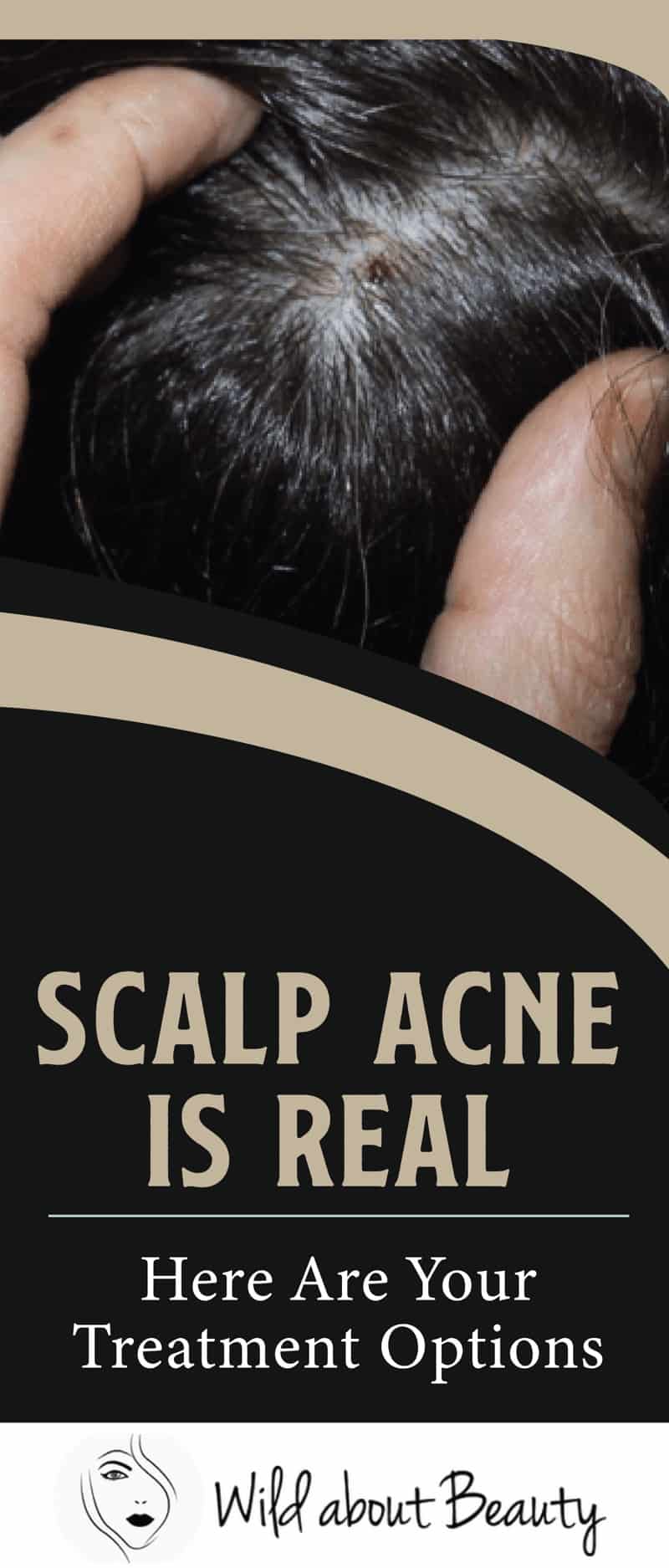
Recommended Shampoos and Ingredients To effectively treat scalp acne, we recommend using medicated shampoos containing the following ingredients:
- Tea tree oil: an excellent antibacterial and antimicrobial essential oil.
- Glycolic acid: helps exfoliate and remove dead skin cells, sebum, and other impurities from the scalp.
- Salicylic acid: another beneficial exfoliant, effective in removing dead skin cells.
- Benzyl peroxide: targets and eliminates bacteria responsible for causing scalp acne.
- Ketoconazole: an antifungal agent that improves the overall health of your skin.
Medical Treatments If your scalp acne is more severe, a dermatologist may prescribe additional treatments to avoid inflammation and potential hair loss. These treatments include:
- Topical antibiotic ointments
- Steroid creams
- Steroid injections
- Phototherapy
- Specific medications for severe acne
- Oral antibiotics
DIY Home Remedies In addition to medicated shampoos, you can try the following home remedies to help with treating scalp acne:
- Regularly cleanse your scalp to maintain good hygiene and reduce excess oil.
- Avoid overusing hair products that can clog your hair follicles, leading to more acne.
- Manage stress and maintain a healthy diet to balance your hormones and lower inflammation.
- Incorporate natural remedies such as aloe vera, apple cider vinegar, or essential oils, but be cautious of any sensitivities to these ingredients.
Natural Remedies For Scalp Acne
Tomatoes
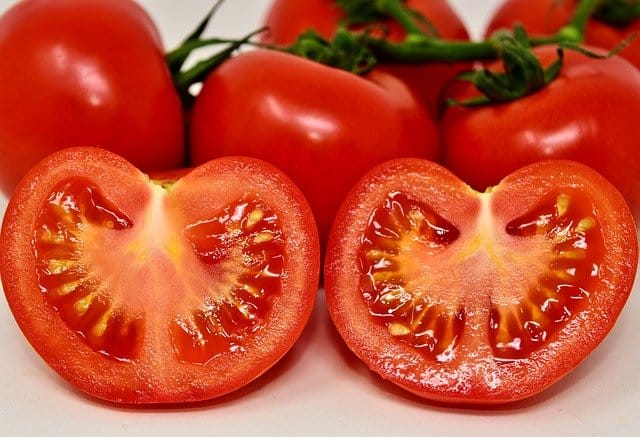
Tomatoes are an excellent remedy for acne due to their high content of salicylic acid, which helps exfoliate and remove dead skin cells. They also maintain the pH balance of your skin and hair.
To use tomatoes:
- Prepare tomato juice and mix with water
- Rinse your hair with the solution
Garlic

Garlic is a powerhouse for treating acne due to its high salicylic acid content, along with its natural antibiotic, antiviral, and antifungal properties. It is also rich in antioxidants.
To use garlic:
- Boil water and add peeled cloves of garlic
- Once the tea is infused, strain and rinse your hair with the solution
Apple Cider Vinegar
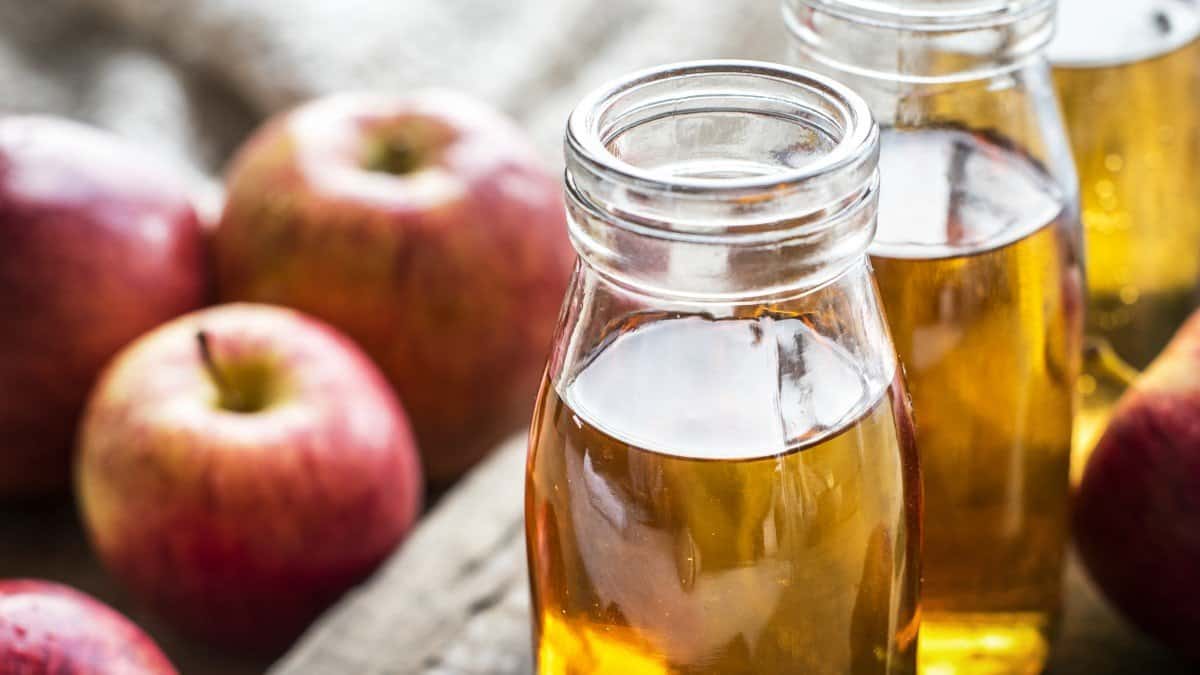
Apple cider vinegar is a versatile home hair treatment that helps prevent dandruff, scalp pimples, and other skin and hair conditions.
To use apple cider vinegar:
- Mix one part apple cider vinegar with two parts water
- Rinse your hair with the solution after applying a mild shampoo
Tea Tree Oil
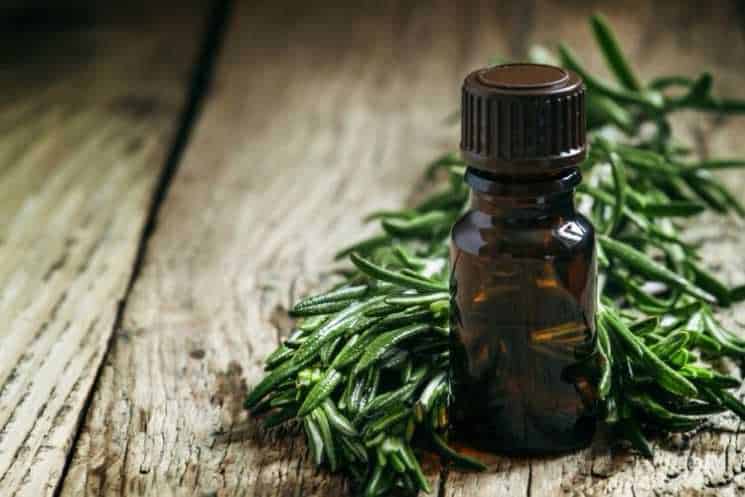
Tea tree oil is a potent natural antibacterial and antimicrobial agent often found in medicated shampoos. However, you can prepare a similar treatment at home.
To use tea tree oil:
- Add tea tree oil to your regular shampoo or dilute it in water and apply as a spot treatment
- Remember not to apply undiluted tea tree oil on your scalp to avoid irritation
Can You Prevent Scalp Acne?
Yes, preventing scalp acne is possible through hygiene and lifestyle changes. To maintain good hygiene and a healthy scalp, we recommend:
- Washing hair regularly, especially when it feels oily or after a workout
- Opting for natural and hypoallergenic hair care products
- Limiting the use of hair styling products like gels, pomades, and hairsprays
- Wearing loose-fitted headgear when necessary, avoiding tight and restrictive options
Additionally, certain dietary changes can promote scalp health:
- Consuming foods rich in vitamin A, vitamin D, and vitamin E
- Ensuring sun exposure to boost vitamin D levels
- Monitoring your diet for any foods that may cause acne flare-ups, and remove them accordingly
Lastly, managing stress is important, as it can contribute to hair loss and acne. Practicing good hygiene, making informed dietary choices, and managing stress levels can help prevent scalp acne effectively.

